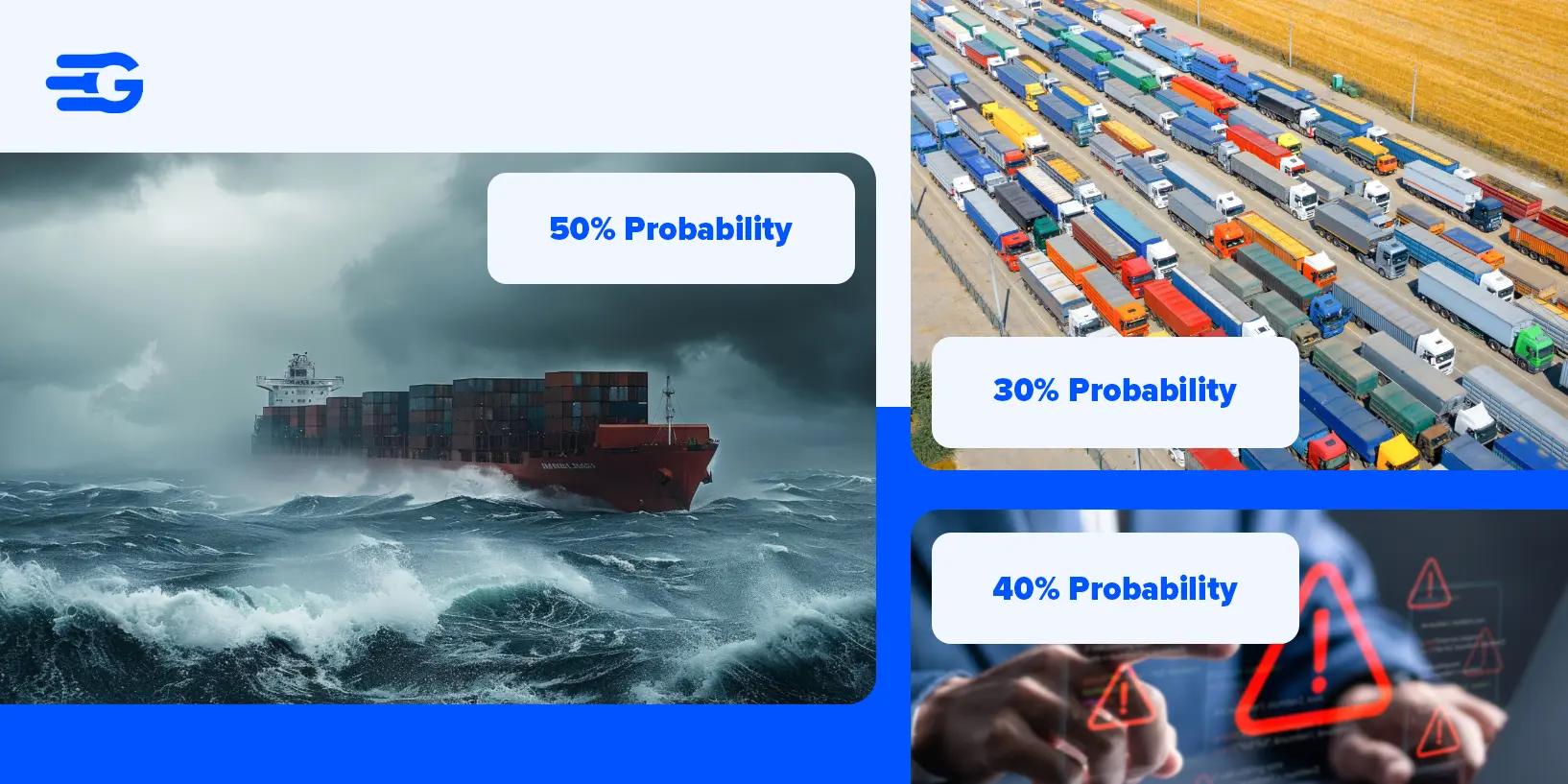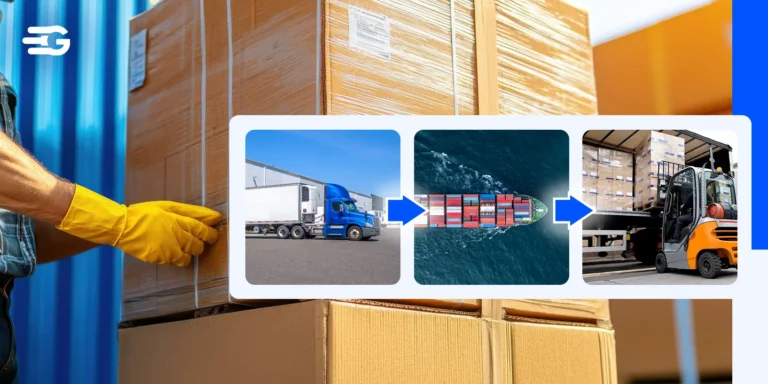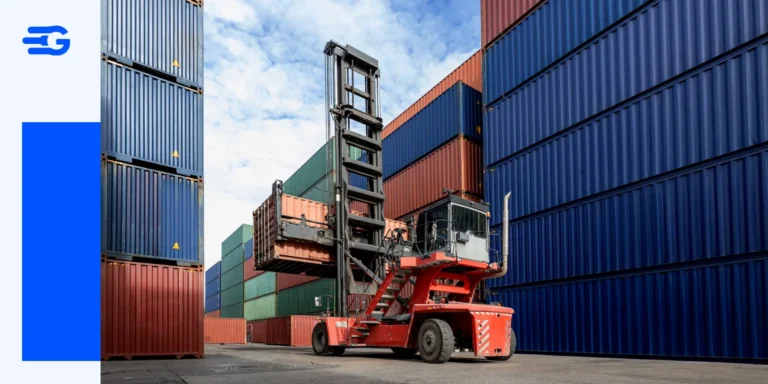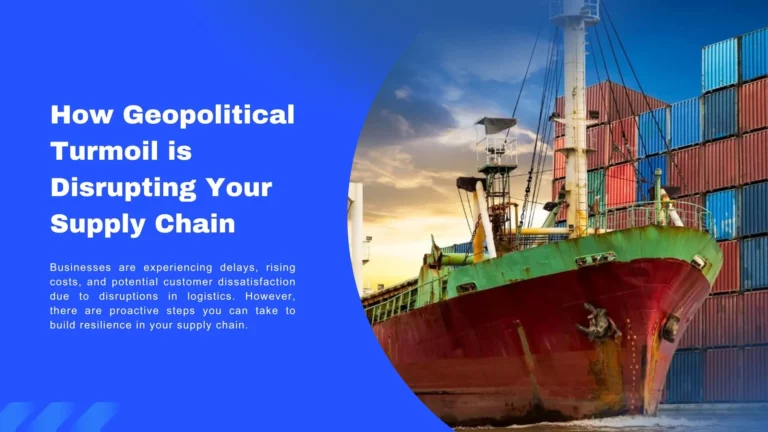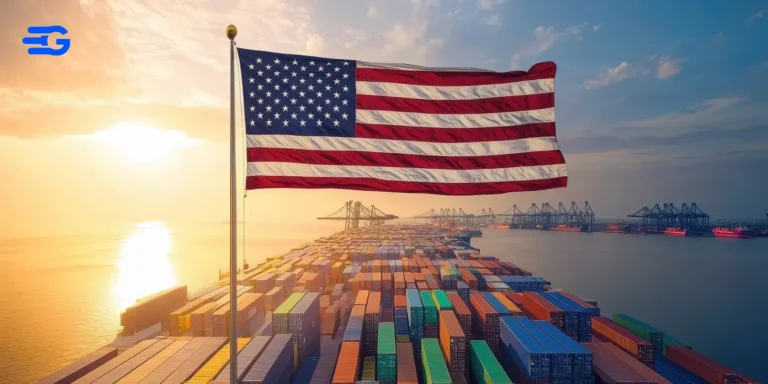Black Swan Events in Supply Chains: Can AI-Powered Incident Dashboards Predict the Unpredictable?
In today’s globalized economy, supply chains have become incredibly complex, interconnected networks that span continents and involve countless stakeholders. The very nature of these networks makes them vulnerable to rare, high-impact disruptions known as black swan events—unpredictable occurrences that can severely impact the flow of goods and services. From natural disasters and pandemics to unforeseen regulatory changes like the new Trump tariffs, these events can ripple across industries, causing delays, cost overruns, and even significant reputational damage. Amid this volatile environment, the rise of artificial intelligence (AI) and real-time incident dashboards has sparked a crucial debate: can these advanced tools help predict or at least better manage the unpredictable?
In this blog, we explore the concept of black swan events in supply chains, assess the challenges they pose, and investigate how AI-powered incident dashboards, exemplified by companies like GoComet, are revolutionizing risk management and operational resilience. We will also delve into how recent policy shifts, such as the new Trump tariffs, further complicate supply chain dynamics, and discuss strategies for navigating these turbulent waters.
Understanding Black Swan Events
Coined by finance professor Nassim Nicholas Taleb, a black swan event is characterized by three main attributes: it is an outlier that lies outside the realm of regular expectations, it carries an extreme impact, and human nature tends to concoct explanations for its occurrence retrospectively. In the context of supply chains, such events can include natural catastrophes, geopolitical upheavals, or sudden economic policy shifts. While these events are rare, their effects can be profound, causing significant operational and financial setbacks.
Historical Examples in Supply Chains
History is replete with examples of black swan events that disrupted supply chains. For instance, the 2011 earthquake and tsunami in Japan not only caused widespread human tragedy but also disrupted global automotive and electronics supply chains. More recently, the COVID-19 pandemic brought unprecedented challenges, from factory shutdowns to severe shipping delays. Each event underscored the fragility of tightly coupled supply networks and highlighted the need for robust risk management strategies.
The Evolving Landscape of Supply Chain Disruptions
Modern supply chains are characterized by their vast scale and interconnectivity. A single product might rely on hundreds of suppliers and multiple logistics partners spanning various countries. This level of complexity makes it nearly impossible to predict every possible disruption. Traditional risk management strategies, which often rely on historical data and static contingency plans, are increasingly inadequate in addressing the dynamic nature of today’s risks.
The Role of Geopolitical and Economic Factors
Geopolitical tensions and economic policies are significant sources of uncertainty in supply chains. The new Trump tariffs, for example, have introduced a new layer of complexity for companies engaged in international trade. These tariffs can lead to abrupt changes in costs, forcing companies to rapidly adjust sourcing and distribution strategies. The imposition of tariffs not only affects the bottom line but also sends shockwaves through the entire supply chain, often in ways that are difficult to predict.
The Imperative for Innovation
In the face of such challenges, the imperative for innovation in supply chain risk management has never been clearer. Traditional methods—often reactive in nature—are being supplemented, and in some cases replaced, by advanced technologies that offer real-time insights and predictive capabilities. Among these technologies, AI-powered incident dashboards stand out as a promising solution for managing and mitigating the impact of black swan events.
The Rise of AI-Powered Incident Dashboards
AI-powered incident dashboards are sophisticated platforms that combine data analytics, machine learning, and real-time monitoring to provide a comprehensive view of supply chain operations. These dashboards aggregate data from a multitude of sources—ranging from weather reports and geopolitical news to IoT sensors in shipping containers—to generate actionable insights. By analyzing historical trends alongside current data streams, AI systems can detect anomalies and potential disruptions before they fully materialize.
How AI Can Enhance Predictive Capabilities
Although the very nature of black swan events means they are difficult to predict, AI can still offer substantial value in risk management by:
- Early Warning Systems: By continuously monitoring global events and supply chain metrics, AI systems can alert stakeholders to emerging risks, even if those risks are not yet fully understood.
- Scenario Analysis: AI algorithms can simulate various disruption scenarios, helping companies understand potential impacts and plan contingencies.
- Data-Driven Decision Making: With real-time analytics, companies can make more informed decisions, quickly adapting to new challenges as they arise.
- Learning and Adaptation: Machine learning models improve over time. By learning from past incidents, these systems become better equipped to recognize subtle signals that may precede a major disruption.
Case Study: GoComet’s Innovation in Supply Chain Management
A prime example of the transformative potential of AI-powered incident dashboards is GoComet. Known for its innovative approach to freight management, GoComet has developed a platform that integrates AI, machine learning, and real-time data analytics to provide unprecedented visibility into supply chain operations.
Key Features of the GoComet Platform
- Real-Time Tracking: GoComet’s platform offers real-time tracking of shipments, providing users with up-to-the-minute information on their cargo’s status. This feature is especially valuable when navigating the uncertainties introduced by sudden policy changes such as the new Trump tariffs.
- Predictive Analytics: The platform’s predictive analytics capabilities allow companies to anticipate potential disruptions. For example, if a new tariff is announced, GoComet’s system can quickly analyze historical data and current trends to forecast how similar measures have affected shipping times and costs in the past.
- Automated Alerts and Dashboards: By automating the process of monitoring and analyzing key metrics, GoComet reduces the manual workload and ensures that potential issues are flagged immediately. This enables companies to take proactive measures rather than reacting after the fact.
- Integration with Global Data Sources: GoComet’s dashboard integrates data from diverse sources such as weather forecasts, port congestion reports, and geopolitical developments. This holistic approach is critical when dealing with multifaceted threats like black swan events.
Impact on Supply Chain Resilience
By providing a real-time, comprehensive view of supply chain operations, platforms like GoComet empower companies to respond more quickly and effectively to disruptions. Whether it’s rerouting shipments in response to natural disasters or adjusting pricing strategies in the wake of new tariffs, AI-powered dashboards are proving to be indispensable tools for modern supply chain management.
The Challenge of the New Trump Tariffs
The new Trump tariffs have reintroduced an element of economic unpredictability into international trade. These tariffs, which are designed to protect domestic industries by making imported goods more expensive, have far-reaching implications for supply chains. Companies that rely on global sourcing suddenly find themselves facing increased costs, extended lead times, and the need to re-evaluate supplier relationships.
Immediate and Long-Term Implications
In the short term, the tariffs have led to:
- Increased Costs: Direct increases in the cost of imported goods, which can affect everything from raw materials to finished products.
- Supply Chain Rerouting: Companies are forced to consider alternative supply routes or suppliers to mitigate tariff impacts.
- Market Uncertainty: The uncertainty surrounding tariff policies makes it difficult for businesses to plan long-term investments and expansions.
In the long term, the tariffs may lead to:
- Reshoring of Production: Companies might move production closer to home to avoid tariff-related costs, thereby reshaping global supply networks.
- Increased Investment in Technology: With traditional risk management approaches proving inadequate, more companies are likely to invest in AI and analytics tools to better navigate these uncertainties.
- Policy Volatility: As trade policies continue to evolve, businesses must remain agile, continuously adapting their strategies to new regulatory environments.
How AI-Powered Dashboards Address Tariff-Related Risks
AI-powered dashboards like those developed by GoComet are particularly well-suited to manage the uncertainties introduced by tariffs. By monitoring geopolitical developments in real time and analyzing historical data on tariff impacts, these systems can:
- Forecast Cost Impacts: Predict how tariff changes might affect shipping costs and product pricing.
- Identify Alternative Routes and Suppliers: Quickly evaluate and suggest alternative supply chain options to minimize disruptions.
- Provide Strategic Insights: Help decision-makers understand the broader implications of tariff policies on global operations, enabling more strategic long-term planning.
Can AI Predict the Unpredictable?
While AI-powered incident dashboards offer significant advantages, it is important to acknowledge their limitations. By definition, black swan events are unpredictable and lie outside the realm of normal expectations. This means that even the most advanced AI systems may not be able to forecast every disruption with complete accuracy. However, the value of these systems lies not in predicting the exact timing of an event but in their ability to enhance overall situational awareness and preparedness.
Enhancing Resilience Through Data-Driven Insights
The true power of AI in managing supply chain risks is realized when it is used to bolster a company’s overall resilience. By providing real-time data and actionable insights, AI-powered dashboards enable companies to:
- Respond Faster: Early warnings and automated alerts mean that decision-makers can act quickly, reducing the impact of disruptions.
- Make Informed Decisions: Data-driven insights allow companies to optimize their response strategies, whether that means rerouting shipments, adjusting inventory levels, or renegotiating supplier contracts.
- Learn and Improve: Post-incident analysis powered by machine learning helps companies refine their risk management strategies over time, ensuring continuous improvement.
A Complementary Approach
Rather than relying solely on AI to predict black swan events, the most effective strategy involves integrating AI-powered dashboards into a broader risk management framework. This framework should include:
- Robust Contingency Planning: Detailed emergency response plans that can be quickly activated in the event of a disruption.
- Diversified Supply Chains: A diversified supplier base and multiple shipping routes to mitigate the risk of a single point of failure.
- Ongoing Training and Simulation: Regular simulations and training exercises to ensure that teams are prepared for unexpected events.
Looking Ahead: The Future of Supply Chain Risk Management
As supply chains become more intricate and global events continue to add layers of complexity, the integration of AI and advanced analytics into risk management strategies will only grow in importance. Companies that embrace these technologies are better positioned to navigate the uncertainties of modern trade, transforming potential vulnerabilities into competitive advantages.
The Role of Platforms Like GoComet
GoComet and similar platforms are at the forefront of this technological revolution. By leveraging the power of AI, these solutions provide companies with the tools they need to not only respond to disruptions but to anticipate them. The ability to integrate a wide array of data sources—from geopolitical developments to real-time logistics metrics—means that decision-makers can enjoy a level of visibility and control that was previously unimaginable.
Strategic Implications for Global Trade
The impact of innovations in supply chain risk management extends far beyond individual companies. At a macro level, improved visibility and responsiveness can help stabilize global trade networks, even in the face of unpredictable events such as new tariffs or natural disasters. As governments and international organizations take note of these advancements, we may see further collaboration between the public and private sectors to build more resilient, data-driven infrastructures for global commerce.
While black swan events, by their very nature, are unpredictable and often overwhelming, the advent of AI-powered incident dashboards offers a glimmer of hope for modern supply chains. Through real-time monitoring, predictive analytics, and automated alerts, these advanced platforms provide companies with the tools to anticipate and mitigate disruptions—even those as rare and severe as black swan events.
Platforms like GoComet exemplify the power of innovation in this arena. By integrating diverse data sources and offering actionable insights, GoComet helps companies navigate complex challenges, whether they stem from natural disasters, geopolitical tensions, or sudden policy shifts like the new Trump tariffs. While AI may not be able to predict every unexpected event, its ability to enhance situational awareness and inform strategic decision-making is transforming the landscape of supply chain risk management.
